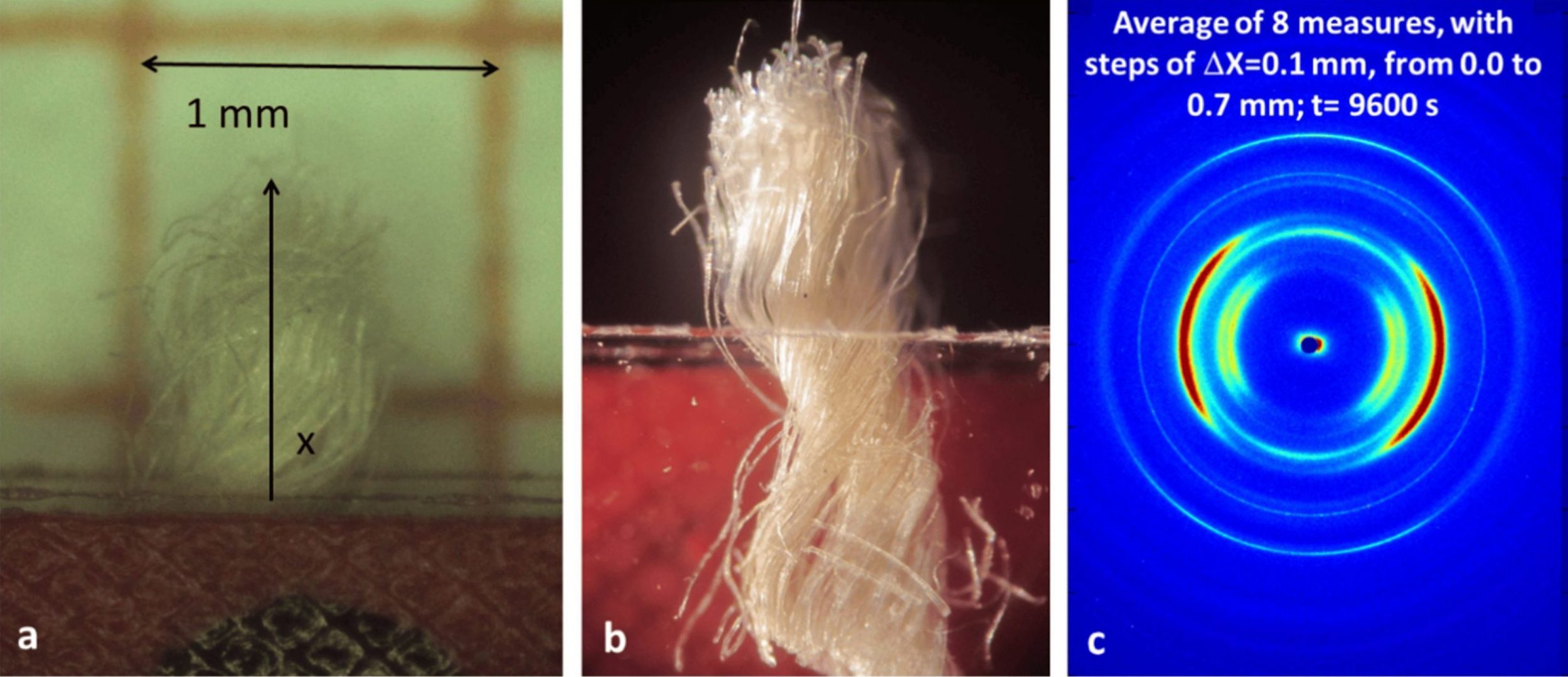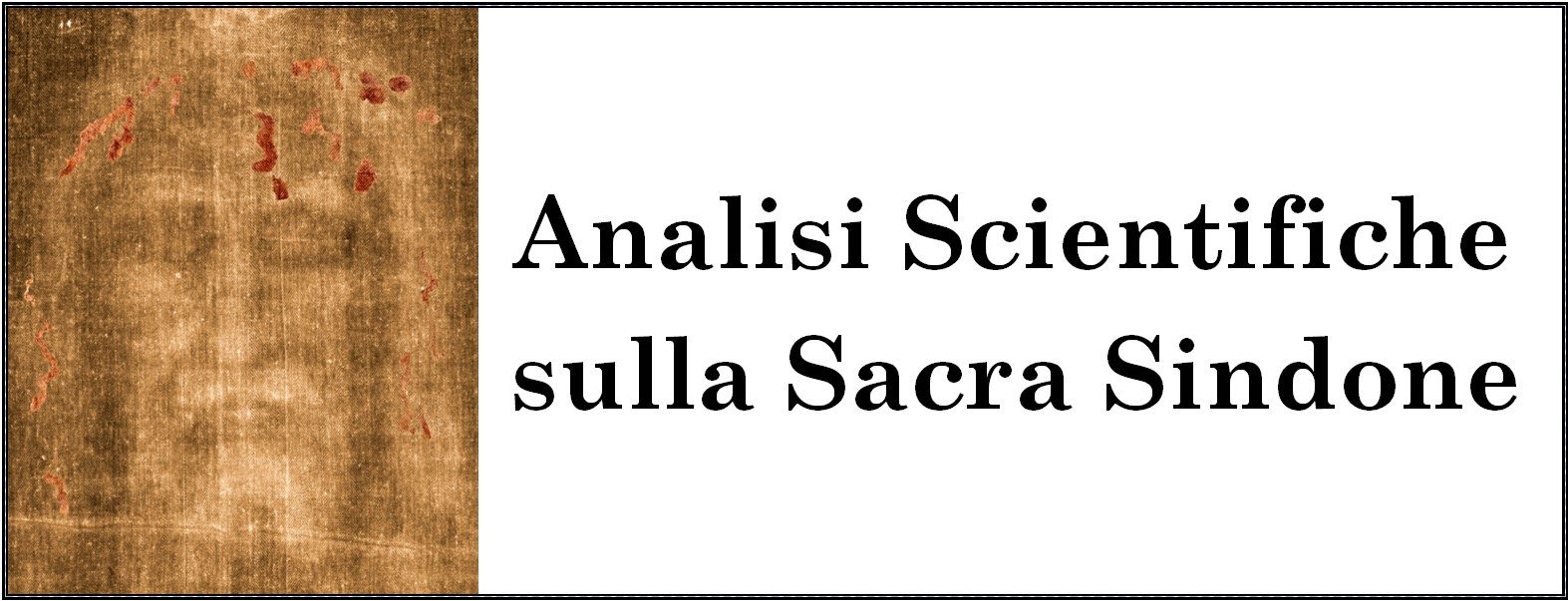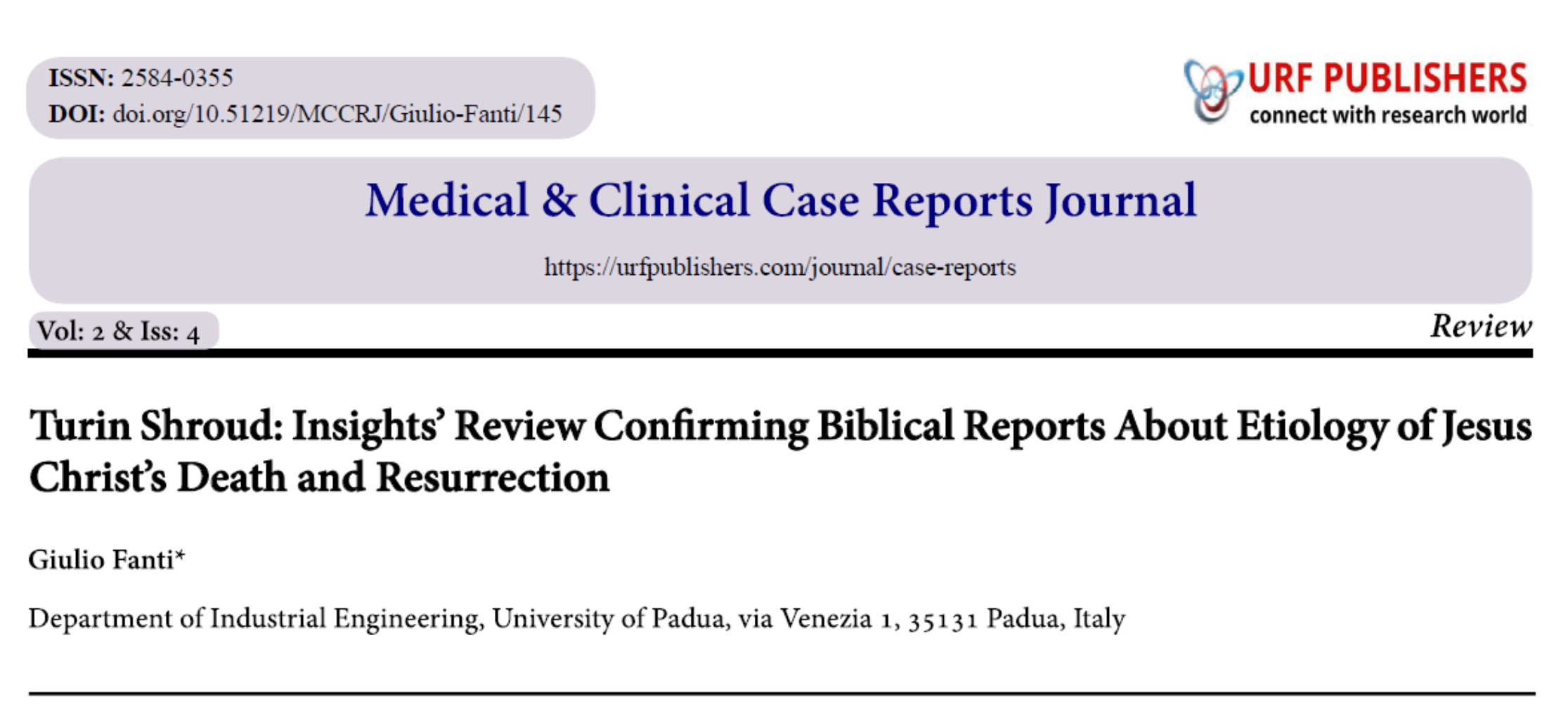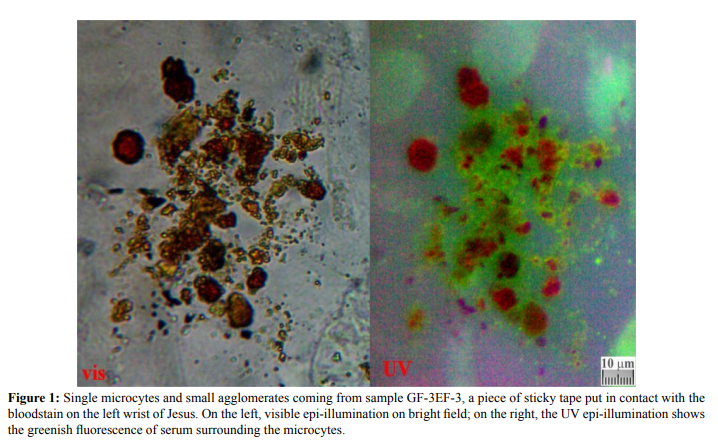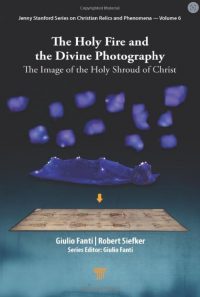PUBBLICAZIONI RECENTI
In questa sezione si riportano i collegamenti alle pubblicazioni più recenti.
Tutte le altre si trovano nella sezione Documenti, in formato PDF o PowerPoint scaricabili.
REVISIONE DI APPROFONDIMENTI CHE CONFERMANO I RESOCONTI BIBLICI SULL’EZIOLOGIA DELLA MORTE E RISURREZIONE DI CRISTO
ARTICOLO COMPLETOUltime pubblicazioni sull’analisi di campioni di sangue sindonici
Un nuovo studio, che ha utilizzato moderne tecniche di analisi, ha rivelato sorprendenti novità sulla Sacra Sindone, che ora, anche per la scienza, potrebbe essere realmente il sudario in cui venne avvolto Gesù dopo la morte in croce. (da “Il Giornale” del 23/08/2024).
Il GiornaleLink agli articoli pubblicati sulle riviste scientifiche.
New insights on blood evidence from the Turin Shroud consistent with Jesus Christ’s tortures.
The last hour of Jesus Christ: a case study from recent new insights on the Turin Shroud.
The Holy Fire and the Divine Photography: The Image of the Holy Shroud of Christ
The information presented in this book will startle the world. For centuries, the authenticity of the Holy Shroud has been argued about. Skeptics push their negative opinion based on a few highly questionable clues, while the authenticists continue to detect new facts confirming that the Relic wrapped the corpse of Jesus Christ and that the body image impressed on it was produced by a source of energy generated during the Resurrection.
What is world-changing is that to explain this “impossible image” of a tortured and crucified man, the book presents a startling new hypothesis, the “Divine Photograph” taken at the instant of the Resurrection, based on a phenomenon, the “Miracle of the Holy Fire” that manifests on every Holy Saturday at the Holy Sepulcher in Jerusalem. As this amazing relationship becomes more broadly known, the world will be shocked.
Jenny Stanford Publishing 2023
X-ray Dating of a Turin Shroud’s Linen Sample
On a sample of the Turin Shroud (TS), we applied a new method for dating ancient linen threads by inspecting their structural degradation by means of Wide-Angle X-ray Scattering (WAXS). The X-ray dating method was applied to a sample of the TS consisting of a thread taken in proximity of the 1988/radiocarbon area (corner of the TS corresponding to the feet area of the frontal image, near the so-called Raes sample). The size of the linen sample was about 0.5 mm × 1 mm. We obtained one-dimensional integrated WAXS data profiles for the TS sample, which were fully compatible with the analogous measurements obtained on a linen sample whose dating, according to historical records, is 55–74 AD, Siege of Masada (Israel). The degree of natural aging of the cellulose that constitutes the linen of the investigated sample, obtained by X-ray analysis, showed that the TS fabric is much older than the seven centuries proposed by the 1988 radiocarbon dating. The experimental results are compatible with the hypothesis that the TS is a 2000-year-old relic, as supposed by Christian tradition, under the condition that it was kept at suitable levels of average secular temperature—20.0–22.5 °C—and correlated relative humidity—75–55%—for 13 centuries of unknown history, in addition to the seven centuries of known history in Europe. To make the present result compatible with that of the 1988 radiocarbon test, the TS should have been conserved during its hypothetical seven centuries of life at a secular room temperature very close to the maximum values registered on the earth.
VEDI ARTICOLO